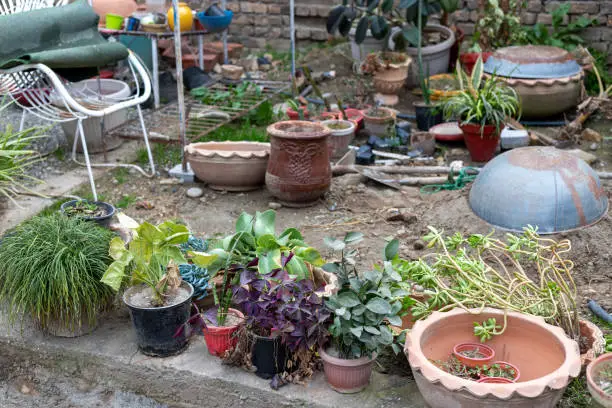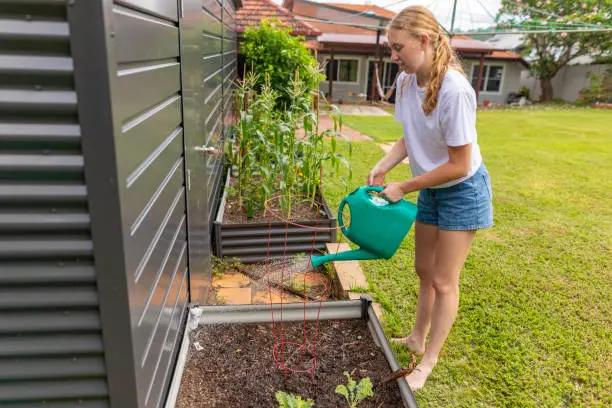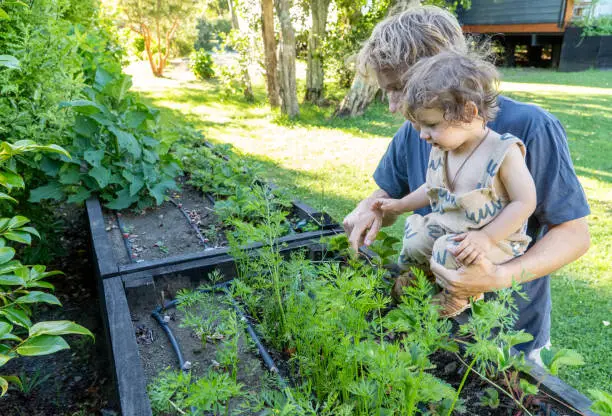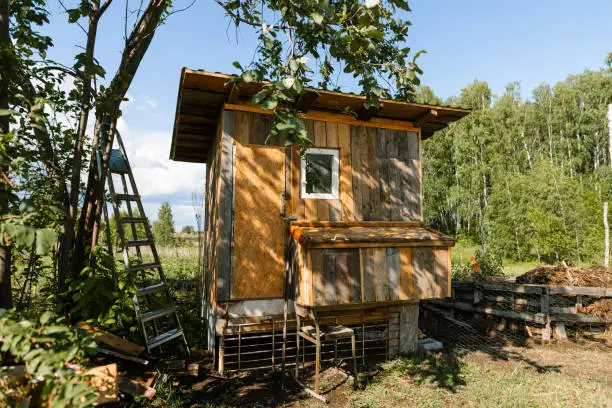Picture this: Walk to your backyard homesteading to find a blooming aquaponics system. Fish and plants swimming together create a self-sustaining habitat. Sound like a sci-fi movie? It exists, and you can have it.
Let’s define aquaponics first. Aquaculture and hydroponics are combined. Fish waste nourishes plants, which filter fish water like nature’s recycling program.
Start Planning Your Aquaponics System
You must strategize before entering this aquatic realm. Consider where to install your system. Since most plants need sunlight, a sunny area is perfect. Measure your space—no one likes discovering their setup won’t fit halfway through.
Your system type must also be chosen. Media-based, NFT, and DWC are the main categories. Media-based systems filter water and promote plant roots with gravel or clay pellets. NFT systems apply a thin coating of nutrient-rich water to plant roots. DWC systems submerge plant roots in oxygenated water.
Materials: What You Need
The fun begins—shopping! Fish tanks and plant grow beds are needed. Water will travel between PVC pipes. A good pump is required for regular circulation.
Remember your growing medium if you’re using media. Clay pellets are popular due to their small weight and ease of usage.
Fish, too! Tilapia is popular because it’s resilient and proliferates, but catfish and ornamental koi are also attractive.
Setting Up: Realizing Your Vision
First, set up your fish tank and grow beds. Connect them with PVC pipes to move water from the tank to the grow bed and back.
Next, fill those tanks! Let dechlorinated water lie for 24 hours before adding living things—tap water includes chlorine, which is bad for fish and plants.
Now comes plumbing—installing pumps and filters to keep everything running correctly.
After connecting everything (double-check seals!), add growing media to grow beds and fill them with seedlings!

Cycling Your System: Patience Pays Off
Patience is needed—you can’t just add fish without risking an aquatic disaster! It takes time for beneficial bacteria colonies—the unsung heroes—to establish themselves in tanks and media beds.
This “cycling” process takes 4-6 weeks, but it’s worth every minute spent meticulously monitoring ammonia/nitrite levels daily until they stabilize at 0 ppm each, indicating completion!
Backyard Aquaponics: Clear Water
Okay, let’s get into backyard aquaponics water quality maintenance. You set up your tanks, added fish and plants, and now you’re staring at murky water, wondering what happened. Fear not! Despite this obstacle, you can quickly clean water with little knowledge.
Let’s start with fish-plant balance. Like a seesaw, too many fish feces can cause ammonia spikes. Conversely, too few plants cause no nutrient absorption. Finding a balance where each can grow without dominating is critical.
Watch out for this ammonia demon. Unchecked fish excrement produces poisonous ammonia. A good biofilter is essential. Biofilters turn ammonia into plant-food-like nitrites and nitrates using helpful bacteria.
Discuss pH values. Plants prefer neutral water, while fish prefer slightly alkaline. This leaves us where? In between! Keep pH between 6.8 and 7.2. Too high or low will harm fish and plants.

This game also depends on temperature. Most aquaponic systems thrive at 70-75°F (21-24°C). Cold fish may go belly up; hot fish may roast alive! Buy a decent thermometer and monitor temperatures.
Oxygenation matters, too. Like humans, fish need oxygen, so keep your tank aerated. An air pump with air stones should work.
Remember monthly maintenance! A closed-loop system doesn’t mean you can leave it. Routinely test your water for ammonia, nitrites, nitrates, pH, and temperature. Please keep track of these readings to discover trends and potential issues before they escalate.
Expert advice: don’t overfeed fish! Overfeeding causes waste, which can upset your system balance faster than you can say “aquaponics.” Give them only what they can eat in five minutes to avoid trouble.
Algae will invade, so don’t worry! Light feeds algae, so lowering sunlight or adding shade cloth should help keep things under control without using pesticides that could harm fish and plants.
My friend Joe thought he could forgo cleaning his biofilter since “it looked fine.” Well, guess what? Because those good bacteria couldn’t keep up with all the junk clogging his system, it crashed within weeks! Remember to clean filters periodically!
Another tip is to use rainwater instead of tap water whenever possible. Tap water often contains chlorine, which is harmful to aquatic life unless treated overnight or with de-chlorinator drops, which are available at most pet stores.
I nearly forgot about pests! Even underwater gardens are susceptible to pests like aphids that eat leaves and cause damage. Natural predators like ladybugs can help preserve ecosystem balance over time, with patience and tenacity yielding long-term benefits.
Aquaponics thrives from cycling.
Your patience paid off. Fish can be introduced now that beneficial bacteria have settled and ammonia levels are stabilized. This is a triumphant! Fish and vegetation now coexist, forming an autonomous system.
Give fish food and ensure they finish within five minutes to save waste. This maintains water quality and prevents ammonia increases. Your environment thrives with regular feeding and monitoring.
Water: Vital
Keeping water clean is essential. Balanced fish waste and plant absorption reduce ammonia. Regular water testing detects problems early. Fish and plants thrive at pH values between 6.8 and 7.2 and temperatures of 70-75°F (21-24°C).
Water needs oxygen, so build an air pump with air stones. You’ll provide fish and plants with healthy growth and pure water.
Regular Maintenance: Longevity Key
Well-maintained systems work smoothly. You’re informed via weekly ammonia, nitrite, nitrate, and pH water testing. They use tunings to control fish population or plant density within the equilibrium.
Clean biofilters periodically to avoid blockage. Joe discovered the hard way—don’t skip it. Clean biofilters allow beneficial microorganisms to transform hazardous pollutants into plant-friendly nutrients.
Managing Pests and Algae
Aphids may infiltrate leafy greens. Adding ladybugs as predators maintains balance without chemicals. Light promotes algae, another problem. Reduced sunlight with shade fabric reduces algae formation.
Chlorine-free rainwater is better than water. Tap water should be left overnight to dissipate chlorine or treated with dechlorinator drops.
A thriving backyard oasis
Your home aquaponics ecosystem is thriving. Fish and plants help each other naturally. You’re eating food and creating a sugar-eating, stainable environment.
Imagine picking vegetables and fish from your backyard. This satisfying, eco-friendly food production method connects you to nature and promotes self-sufficiency.





Leave a Reply
You must be logged in to post a comment.